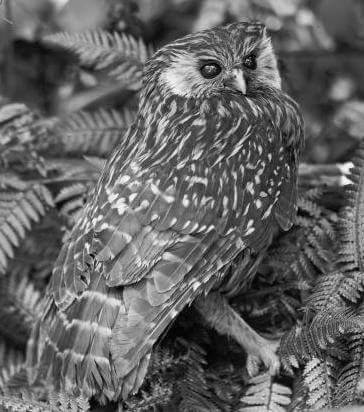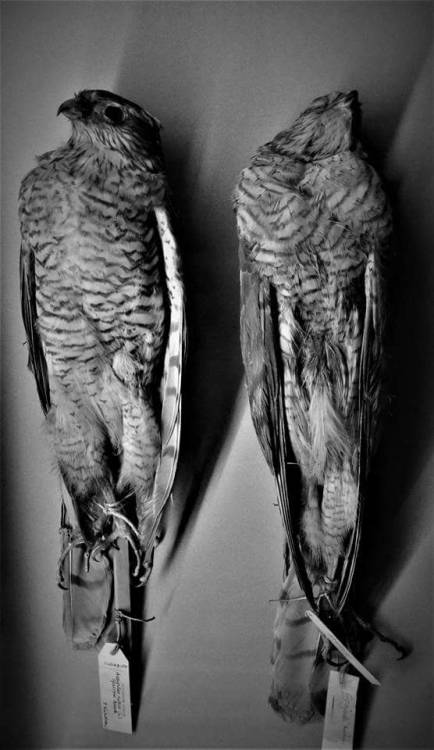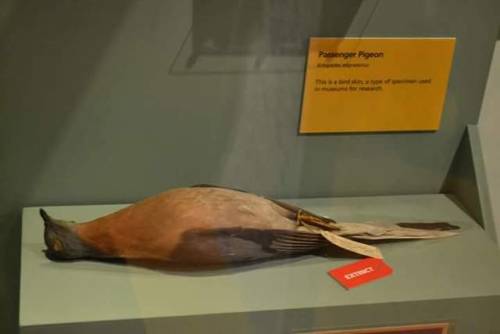powlokisdiary:The troubles birds face - Threats and conservation. Bird conservation is a field of sc
powlokisdiary:The troubles birds face - Threats and conservation. Bird conservation is a field of science that is a branch of conservation biology. Humans as a whole have had a profound effect on many species but today I am mainly focusing on birds. Over a hundred species have gone extinct in historical times, with some notable extinctions being that if the dodo and the passenger pigeon. According to worldwatch institute many bird populations are currently declining worldwide for numerous reasons, and an estimated 1,200 species are facing extinction in the next century. One of the biggest things contributing to this is habitat loss, but many other threats include over exploitation and hunting, accudental death due to structural collision, by catch due to fishing, pollution, competition and predation by pets, oil spills, pesticides/administered medication to livestock and climate change.In this post I will briefly cover some of the bigger contributors in more depth to inadvertently explore our impacts on these animals - Habitat loss: Declared as being the biggest contributor to bird species extinction. The destruction and fragmentation of natural landscapes and habitats (such as forests and plains) in favour of urban development, mines, plantations and agricultural land etc is causing a rapid decline and huge knock on effect to species and ecosystems worldwide. More often than not the remaining patches of habitat are too small or fragmented by roads etc for a population to recover and flourish leaving them vulnerable to localised extinction. Introduced species: Historically this has probably caused the most extinctions of bird species, particularly on secluded island habitats. Many island species have evolved in the absence of predators and consequently lost many anti predator behaviours. As humans travelled and settled they brought with them many foreign animals which disturbed the balance amongst such species through factors such as predation, competition and through the introduction of disease.Over hunting/Over exploitation: The overhunting or exploitation of a species is a sure fire way to bring about it’s extinction. The passenger pigeon is a well known example of this. The hunting of this bird on an industrial level lead one of the most numerous species of bird to ever of existed (that had populations in the billions) to extinction. One major case of over exploitation of a species is the harvesting of parrots for the pet trade. Between 1986 and 1988 2 million wild caught parrots were imported to America alone. This obviously isn’t taking into account the millions that were illegally imported/smuggled. The pet trade has caused many species of parrots to become endangered, mothers being trapped leaving eggs abandoned and dying etc, caused to quick a decline in so many species.Pesticide/administered medicine use: DDT is a pesticide that was found to be the cause of egg shells thinning amongst wild birds leading to a rapid decline in numbers. Administered drugs in livestock causes secondary poisoning in carrion eaters, particularly diclofenac in vultures.Pollution - light,noise and waste: all life relies on earths predictable day and night rhythm as it governs many species life sustaining behaviours such as reproduction, eating and sleep . But humans have disrupted this by lighting up the night. Evidence from tests conducted by scientists have shown that artificial light at night has a negative and iften deadly effect on many species. For example, birds that migrate or hunt at night do so ysing moon or starlight as a means of navigation. Artificial light has caused many an animal to wander of course and into dangerous, unfamiliar night time city scapes. Millions of birds die each year after colliding with needlessly illuminated buildings. Migratory birds depend on cues from properly timed seasonal schedules but artificial ligys can cause them to migrate to early or late and miss ideal climate conditions for nesting etc.Noise pollution - another big problem is when there’s too much noise for birds to communicate. This can disrupt breeding cycles, family groups etc etc. Many birds communicate in lower frequencies meaning they are easily drowned out by noise from traffic etc. General waste pollution - The glaringly obvious one to cause complications. Not many places are free from litter that people have discarded randomly. Be it a random crisp wrapper amongst bushes for example. Plastic is a current big one thanks to it being highlighted in blue planet 2. It takes years to decompose and during that time it’s just left there in our oceans and landscapes. It gets accidentally ingested and leaches endocrine disrupting chemucals into our oceans creating a toxic mess. Discarded fishing equipment such as nets, lines and hooks are lethal to seabirds that die after getting trapped in nets for example. Ballons and lanterns are another problem that causes numerous problems, especially thd lanters for nocturnal birds like owls.Climate change: This one does a lof more than just warm up the planet. It is the cause of more intense and random weather patterns. This means more hurricanes, storms, floods, heat waves, droughts and even extreme cold spells. Such extreme weather is very problematic for birds, and scientists have observed that these weather events cause birds to not return ‘home’ after migration, missing crucial breeding times.This sounds so doom and gloom, so what exactly is being done? Many governments and charitable organisations are working and executing action plans to protect species and their habitats. Much of this includes extensive research to correctly correlate and collect data that in turns help to monitor things like potential reasons for decline, species numbers etc. Habitat protection schemes are just one of the important ways that these organisations are helping tackle the loss of habitat, by buying areas, declaring protected zones and thus preventing them from being destroyed. Captive breeding programs in zoos are another way that helps, especially when it comes to reintroductions of species. The reintroduction of captive bred specimens has made crucial, species saving differences by repleneshing thd numbers and genetic diversity amongst wild populations. The andean condor has been saved via this method. Another method is known as translocation in which a population is moved to another area of habitat that’s currently unused by the species. This acts as an insurance for a species, especially if that population was previously in an area where it was threatened. The kakapo parrot is a success story of this method. Many governments are launching campaigns and measures to lessen our environmental impact, recycling for example or “ditching the plastic”, which is the current environmental biggie to tackle and people are being urged to act in ways that lessen their waste. Beliw are images from the ‘Extinction’ exhibit that was at Manchester museum. One photo I have included is an opinion card that was filled in and displayed by a young child that explained their views on how we can change a species future. I saw quite a few documenting photo exhibits of our impact on animals and it left me feeling rather cold inside. Yes it provided educational resource and experience, yes I felt sad and unnerved seeing the skin of a passenger pigeon that was decimated by shotgun shell, and as shocking as alk this was to bear witness to it was only shocking because it was the reality of the situation we as a species put animals in.It does leave me wondering that as a species living on this planet and as part of an ecosystem, isn’t it our job to protect, nurture and preserve it? One small step at a time at least? Because once something is gone you can never truly get the original back……www.facebook.com/TheLokiDiary #wiseupwednesday #lokisdiary #foodforthought -- source link
Tumblr Blog : powlokisdiary.tumblr.com






